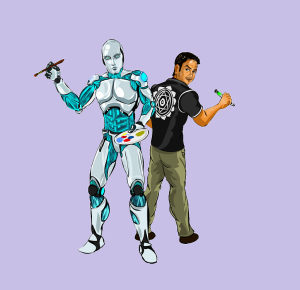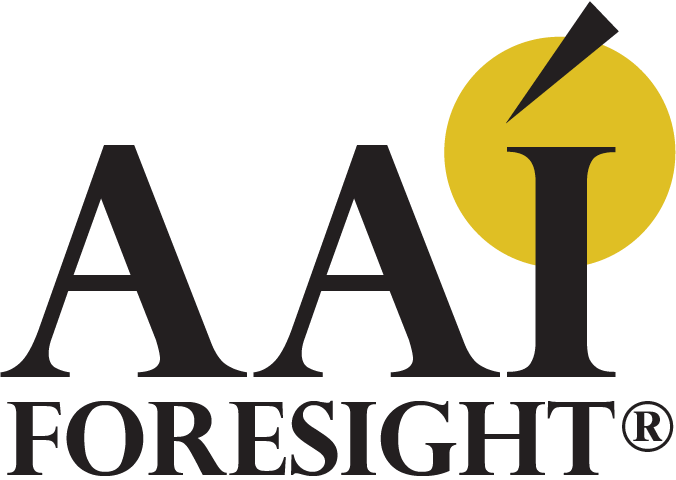
Cindy Wagner
Submitted by Cindy Wagner on

Are robots replacing artists? Not yet. Image by Sanjeevi Rayan from Pixabay
One of my pleasures each summer is to visit the county fair and explore the new paintings, photographs, sculptures, and other works of art my neighbors have submitted. The competition groups these works by medium, including digital works, and by artist’s age—youth or mature or somewhere in between. In the not-distant future, judges may have to segment the submitters further: human or AI.
When game designer Jason Allen’s AI-generated entry Théâtre D’opéra Spatial took first prize in the digital art competition at the Colorado State Fair this summer, technologists may have raised their glasses, but artists fearing for their livelihoods (and creativity) raised alarms.
Allen created the work by feeding words into the program Midjourney, selecting among images it rendered, and using Photoshop to finalize the three works he entered in the competition. Thus, as yet, the artwork was not 100-percent AI generated. A human was involved in curating and creating the work (intention), and humans judged it (perception) as art.
So, it’s art.
There are many reasons not to be shocked or even surprised by Allen’s accomplishment. His work calls to mind other artworks assembled but not originally created by the artist, such as collages, “junk” sculptures, and montages. A notable example is “assemblagist” Joseph Cornell (1903-1972), who filled small shadow boxes with arrays of found objects to explore poetic relationships of ordinary objects and images.
Artists have long explored using new technologies as tools for their work. For example, French surrealist writer Raymond Roussel (1877-1933) imagined “painting machines” in his Impressions d’Afrique (1910), a performance of which may have inspired artist Marcel Duchamp (1887-1968) to explore using mass-produced “ready-mades,” such as a urinal (Fountain, 1917) that he exhibited as art, though he did not fabricate it.
For an entertaining take on a painting machine, see Paul Newman in What a Way to Go (1964), playing a painter who has invented a “sonic palette,” a photoelectric cell that collects music and sounds, sending impulses to robotic arms that apply the paint to the canvases.
AI and Ethics
Current AI programs rely on the availability of countless digital images, and the internet seems to have a limitless supply of works that artists have uploaded to their own sites and those of dealers, schools, and stock image services. As MIT Technology Review points out, open-source AI programs “are built by scraping images from the internet, often without permission and proper attribution to artists. As a result, they are raising tricky questions about ethics and copyright.”
In its report last year on AI and ethics, UNESCO looked specifically at such developments as the 2016 project to create “The Next Rembrandt.” Original Rembrandt paintings were digitized and reduced to data points to teach the AI program how to create a new Rembrandt-like painting. The project even analyzed the texture of the brushstrokes to reproduce Rembrandt’s handiwork via 3D printing.
It could be argued that great masters taught students in their workshops to mimic their work, perhaps to complete a complex commission, just as we are teaching AI through deep learning. And perhaps Rembrandt would have been “happy to see there are people trying to understand him,” as one of the project’s participants says.
In the contemporary art world, however, with the potential for AI to create deep fakes—forgeries designed to deceive—this scenario should be gravely concerning not just to artists, but also to museums, art dealers, collectors, educators, and art lovers in general.
References
“‘Someone had to be first': Pueblo artist criticized after AI painting wins at Colorado State Fair” by Anna Lynn Winfrey, The Pueblo Chieftain (August 31, updated September 1, 2022).
“This artist is dominating AI-generated art. And he’s not happy about it” by Melissa Heikkilä, MIT Technology Review (September 16, 2022).
“AI creates art,” UNESCO.
About the Author
Cindy Wagner was an editor for The Futurist magazine for three decades and editor of Foresight Signals for AAI Foresight Inc. since 2014. Contact her at CynthiaGWagner@gmail.com.
Image by Sanjeevi Rayan from Pixabay
